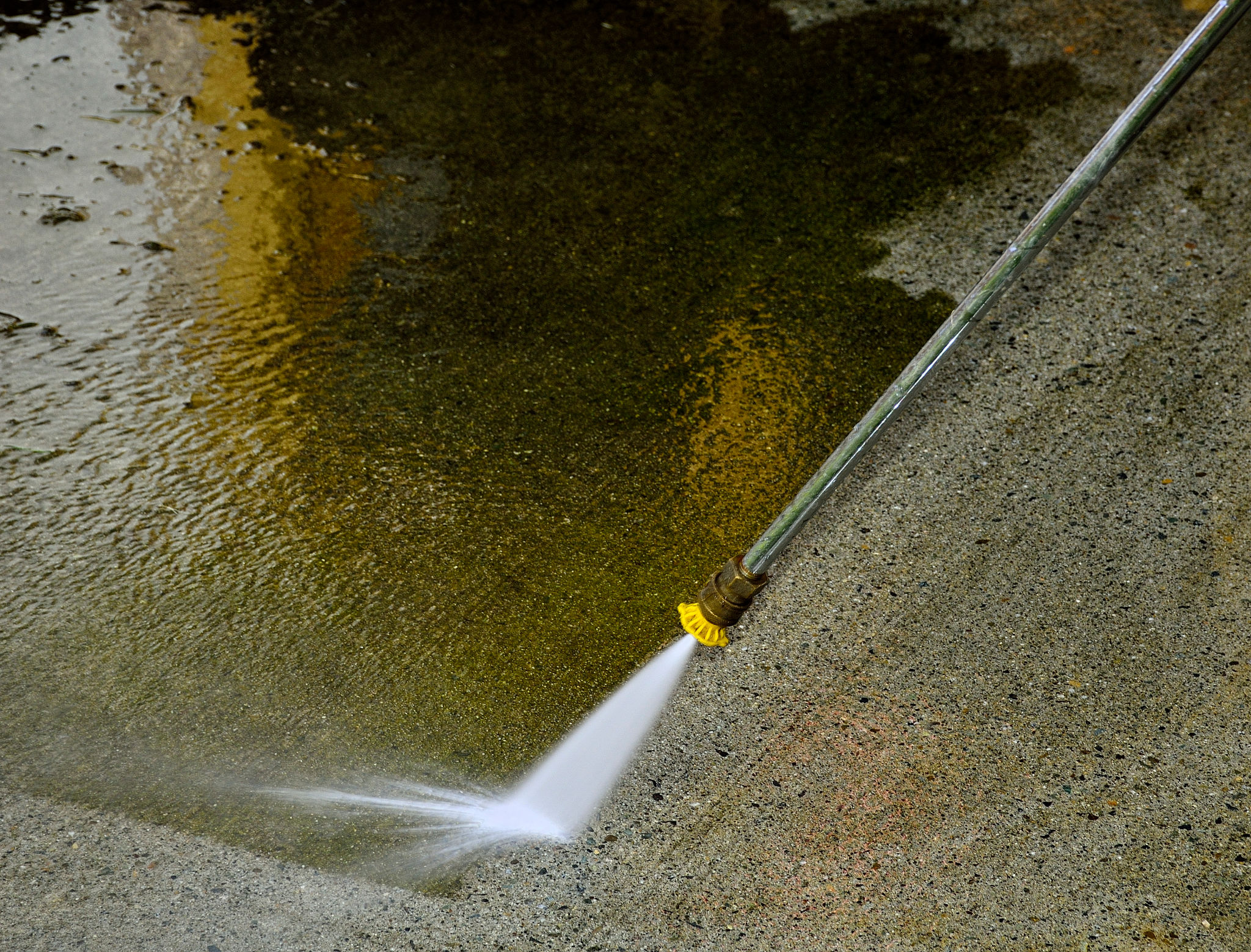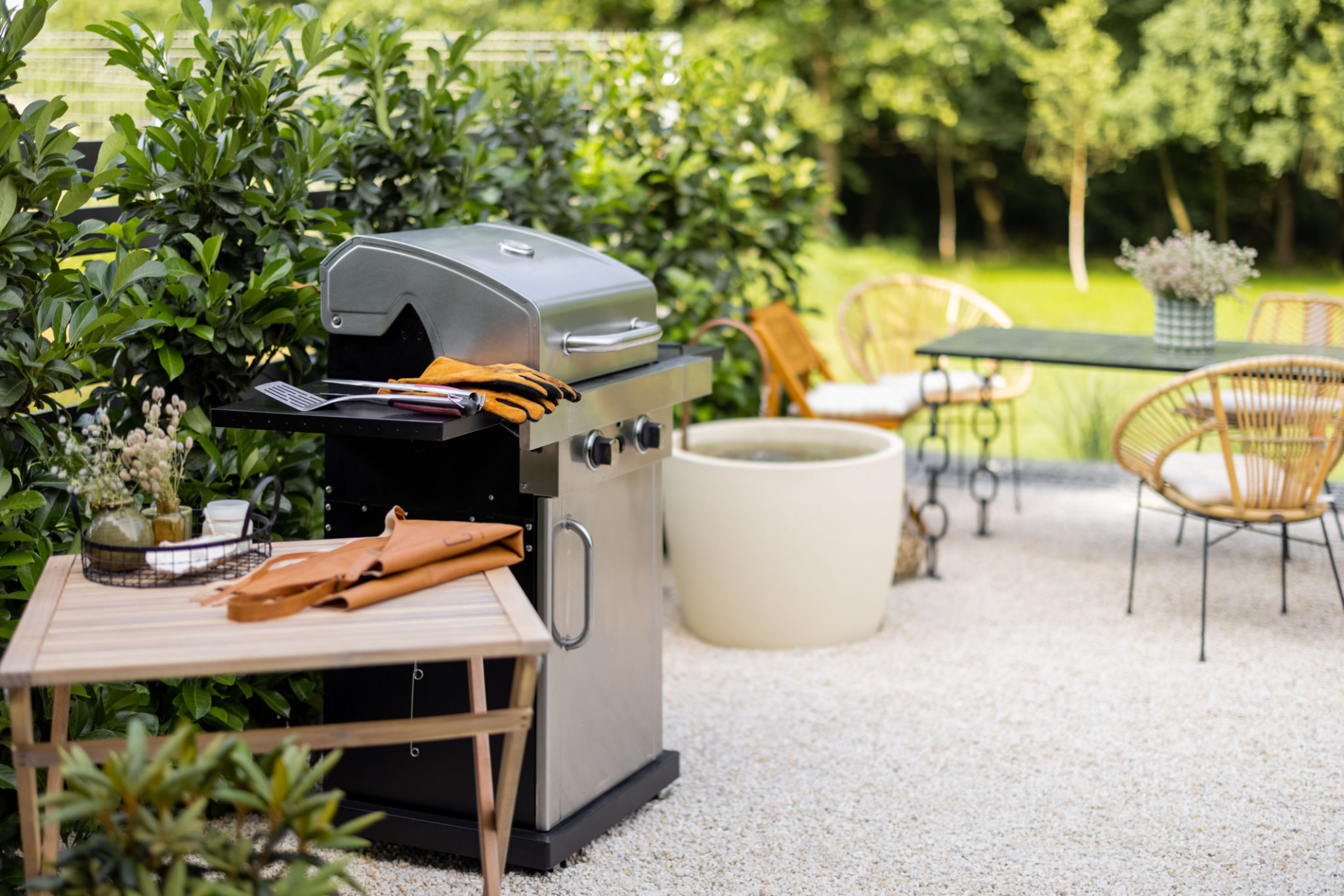DIY Power Washing: What You Need to Know Before Getting Started
Understanding the Basics of Power Washing
Power washing, also known as pressure washing, is a highly effective way to clean various surfaces, including driveways, decks, and siding. It uses a high-pressure water spray to remove dirt, grime, mold, and other stubborn substances. Before diving into a DIY power washing project, it's crucial to understand the equipment and techniques involved.

Choosing the Right Equipment
The first step in any DIY power washing project is selecting the right equipment. Power washers come in different models, including electric and gas-powered versions. Electric power washers are suitable for light-duty tasks, while gas-powered models offer greater pressure and are ideal for heavy-duty cleaning.
Consider the PSI (pounds per square inch) and GPM (gallons per minute) ratings when choosing a power washer. A machine with a higher PSI and GPM will clean faster and more effectively. However, it's essential to balance power with safety, as too much pressure can damage surfaces.
Safety Precautions
Power washing can be hazardous if not done correctly. Always wear appropriate safety gear, including gloves and goggles, to protect yourself from debris and high-pressure water sprays. Ensure your footwear is slip-resistant, especially when working on wet surfaces.

Be mindful of the surroundings and avoid directing the spray at people, pets, or delicate surfaces like windows and plants. Use caution when working at heights or on ladders, as the force of the water can cause instability.
Preparing the Area
Before starting the power washing process, it's essential to prepare the area you plan to clean. Remove any obstacles or fragile items that could be damaged by the water pressure. Cover electrical outlets and fixtures with waterproof materials to prevent water damage.

Proper Techniques for Effective Cleaning
Effective power washing hinges on using the correct techniques. Begin by testing a small, inconspicuous area to ensure the pressure won't damage the surface. Hold the nozzle at a 45-degree angle and maintain a consistent distance from the surface to avoid streaks and uneven cleaning.
Use overlapping strokes and work in sections to ensure thorough coverage. For stubborn stains, consider using a detergent specifically designed for power washers. Allow the detergent to sit for a few minutes before rinsing it off with clean water.
Maintenance Tips for Your Power Washer
Regular maintenance of your power washer ensures it operates efficiently and lasts longer. After each use, rinse out any detergent residues and allow the machine to dry completely before storing it. Check hoses and connections for wear and tear, replacing any that are damaged.
If you're using a gas-powered washer, regular oil changes and spark plug checks are necessary to keep the engine running smoothly. Storing your equipment in a dry, sheltered location helps prevent rust and other damage.

By following these guidelines, you can achieve professional-level results with your DIY power washing project while maintaining safety and equipment longevity.
